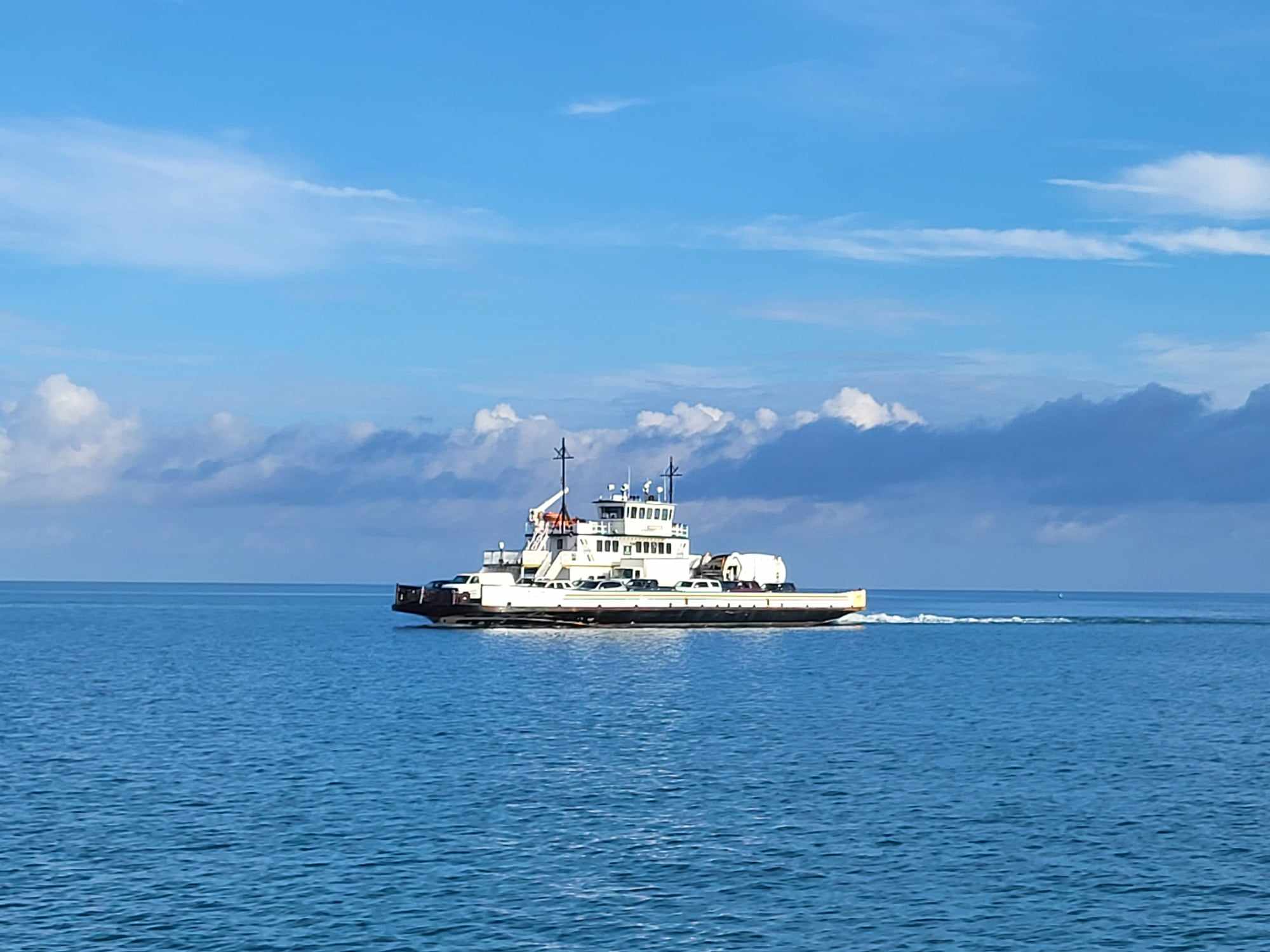North Carolina watermen hoping for a share of the winter bluefin tuna quota By CATHERINE KOZAK
Bluefin tuna have been plentiful during February in recent years off North Carolina. But unfortunately for Outer Banks watermen, the commercial season has been over at the end of January.
This winter may be different.
A pending rule change in the Atlantic bluefin tuna fishery is expected to extend the season to allow more of the quota to be caught off the state’s coast.
“Two years we’ve been waiting for this,” said Charlie Pereira, a Hatteras Island fisherman and president of the Winter Bluefin Association.
Periera said that since 1996, he has been working to help get southern fishermen a fair share of the quota for the lucrative fish, which have mostly been caught by northern fishermen before the tuna had a chance to migrate south.
In the early 2000s, the National Marine Fisheries Service finally dedicated a portion of the quota for the winter fishery, when it is active off North Carolina.
“Since the beginning of time,” Periera said, “the New England people have said, ‘It’s our fish.’”
The fisheries service hopes to publish the final rule by the beginning of North Carolina’s season, said Sarah McLaughlin, National Oceanic and Atmospheric Administration fishery management specialist. NOAA first sought input on revising the regulation in 2009.
Although it has been proposed that the quota extension would stretch from February through the end of May, McLaughlin said the time will be likely shortened in the final version.
“We all anticipate that the North Carolina winter fishery,” she said, “will probably be a matter of weeks, and maybe a month.”
With much of the 2011 Atlantic bluefin tuna base quota —435.1 metric tons — already depleted , on Nov. 6 another 50 metric tons was moved to the general category from the reserve quota, “to ensure that the winter fishery would operate as intended,” McLaughlin said.
At the same time, the retention limit for the bluefin commercial fishery was decreased from three to two large-medium or giant (73-inch or greater) per vessel per day/trip.
Pereira said that bluefin typically don’t show up off North Carolina’s coast until after Thanksgiving. In the last two or three winters, the fishing has been at its height in February, after the season closed on Jan 31. So whatever quota remained uncaught was lost.
The January sub-quota for the Atlantic bluefin fishery is 23.1 metric tons, or 5.3 percent; for September, 115.3 metric tons, or 26.5 percent; for October-November, 56.6 metric tons, or 13 percent; and for December, 22.6 metric tons, or 5.2 percent of the total 2011 base quota.
U.S. Rep. Walter B. Jones, a North Carolina Republican, has been advocating for the revised rule as a matter of fairness in sharing the quota, said Joshua Bowlen, Jones’ legislative director.
But Bowlen said the longer season is just a “small step” in addressing the larger issue.
“The congressman believes that North Carolina should have equitable access to the full January quota,” he said.
Since 2004, U.S. fishermen have been catching tons less of the Atlantic bluefin stock than the amount allocated by the International Commission for the Conservation of Atlantic Tunas. Fisheries biologists who have studied bluefin tuna say that the species’ stocks in the Eastern Atlantic and Mediterranean are being overfished, in turn depleting stocks in the Western Atlantic.
Efforts by an American delegation of about 30 scientists and policy makers to impose a 3- to-5-year moratorium on fishing the Eastern stock were turned down at a 2007 ICCAT meeting in Turkey.
Fishing for bluefin off Hatteras is a shadow of what it was in the 1990s, when watermen and anglers caught thousands of 300-pound-plus fish, earning $10,000 to $40,000 per fish. The last red-hot season was in 2002, but Pereira said there’s still plenty of bluefin to be had, mostly off the coast south of Hatteras.
Pereira, who owns Orange Blossom Bakery in Buxton, said that on a good day, there might be about 200-300 boats fishing for bluefin off Morehead City. But Hatteras is down to about 10 to 20 boats, he said, mainly because of fuel costs used in looking for the fish.
“They haven’t shown up off Hatteras in any good numbers in five or six years,” he said.
Most of the tuna that’s caught — typically 100 pounds to 400 pounds — is sold to bluefin-specific dealers, he said, either outright at the dock or on consignment to the dealer.
Depending on the quality of the fish and the market value, the fish can mean a very handsome profit for a day’s work. Pereira said he has earned at least $10 a pound and as much as almost $27 a pound. Prices now, he said, are averaging $8 to $15 a pound, but likely will go up into the winter.
Everyone has a theory about why bluefin aren’t arriving off Hatteras like they once did, but Pereira said he believes that overfishing of menhaden and herring, as well as storm damage to artificial reefs, has left less to attract the migratory fish.
“Fishermen have their educated, and uneducated, guesses where they are,” he said.
“Bluefin are only going to come to an area and stay in an area where there’s a lot of bait fish.”
Canadian fishermen have seen so many bluefin this year, Pereira said, that they’ve caught their quota in a couple of days. And North Carolina fishermen are looking forward to the same opportunity with their quota share.
“If those numbers are up like they were last year,” he said, “we’ll be able to catch that 5.2 percent in one week, or less.”













